Splitting Pomegranate Fruit: Reasons Pomegranates Split Open On The Tree
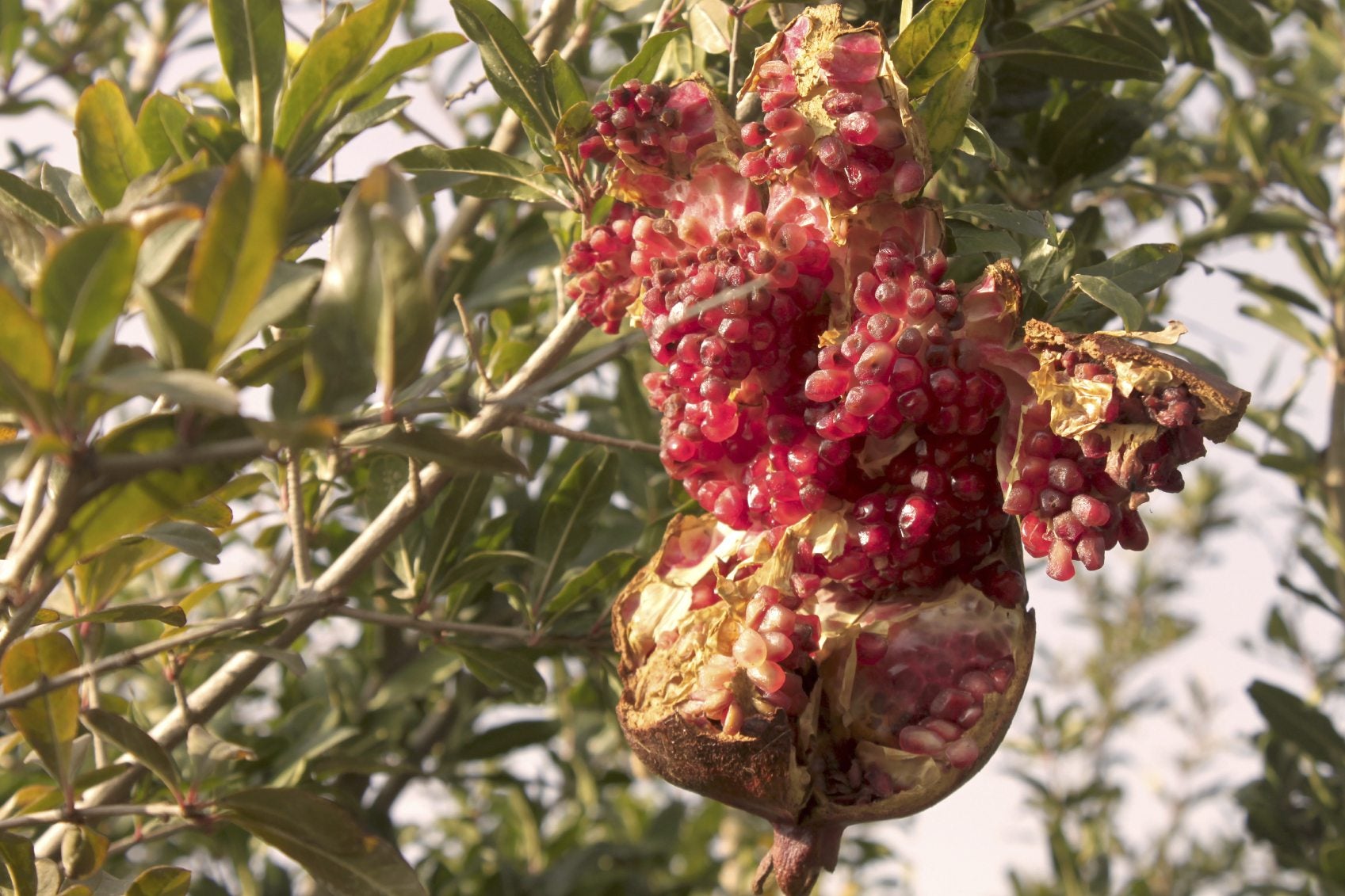

Waiting all year for your juicy, fresh pomegranates to mature can be a real killer-- much more so when they suddenly start splitting just before harvest. Splitting fruits can be hugely frustrating, especially when you've been eagerly awaiting pomegranates for a full season. If your pomegranates split open on the tree, it might seem like it's time to break out the chainsaw, but before you commit a pomegranate massacre, consider why your pomegranates are cracking. We'll walk you through the most common problems pomegranate growers have with splitting pomegranate fruit in this article.
Why Does Pomegranate Split?
There are a couple of very common reasons for split pomegranate fruit on a well-cared for tree. In fact, one of them may be caused by a tree getting a little too much care. Fungal pathogens are notoriously frustrating causes of split fruit. In fact, they often strike just as the fruit is ripening. Fungal diseases are often accompanied by leaf spots, premature leaf drop, or other leaf damage, but sometimes the fruit is the lone target. Controlling fungus on pomegranate can be tricky. Since they're not considered primarily a cash crop, little research has gone into the diseases that plague these plants. However, if you apply copper fungicide to your plant next season as the fruits are just starting to grow, you may be able to kill off the fungal spores before they infiltrate your fruits and cause more pomegranate fruit split problems. The other main cause of splitting pomegranate fruit is the same as with many other fruits: irregular watering. During crucial points in fruit development, it's vital that the water entering the plant's system is fairly regular and even; otherwise, different parts of the fruit will develop at different speeds, resulting in splitting and ruined fruits. You can prevent splitting by mulching your tree heavily with at least 3 inches (8 cm.) of organic mulch and putting it on a watering schedule once the blooms are beginning to drop. Water evenly every few days without soaking the root system-- the mulch will help to prevent evaporation, so there's no need to overdo it. Too much water can encourage fruit-splitting fungus, so just water until the soil below the mulch is wet. Water more in the hottest part of the growing season, then taper down considerably as fall approaches.
Gardening tips, videos, info and more delivered right to your inbox!
Sign up for the Gardening Know How newsletter today and receive a free copy of our e-book "How to Grow Delicious Tomatoes".

Kristi Waterworth was a regular contributor to Gardening Know How for many years, answering countless queries on plant pests and diseases.
-
 Looking For Plants To Give You The Soft And Fuzzies? Try These 5 Fuzzy Leaf Plant Options
Looking For Plants To Give You The Soft And Fuzzies? Try These 5 Fuzzy Leaf Plant OptionsLovers of texture, drama, silver foliage and tactile plants will adore these special sensory garden additions. These fuzzy leaf plant options will leave you all aglow
By Susan Albert
-
 Get Ready For A Summer Of Hummers! Grow These Full Sun Hummingbird Plants and Flowers
Get Ready For A Summer Of Hummers! Grow These Full Sun Hummingbird Plants and FlowersIf you’re lucky enough to enjoy a sunny backyard, make sure you are maxing out on your pollinator opportunities and grow these full sun hummingbird plants and flowers
By Tonya Barnett
-
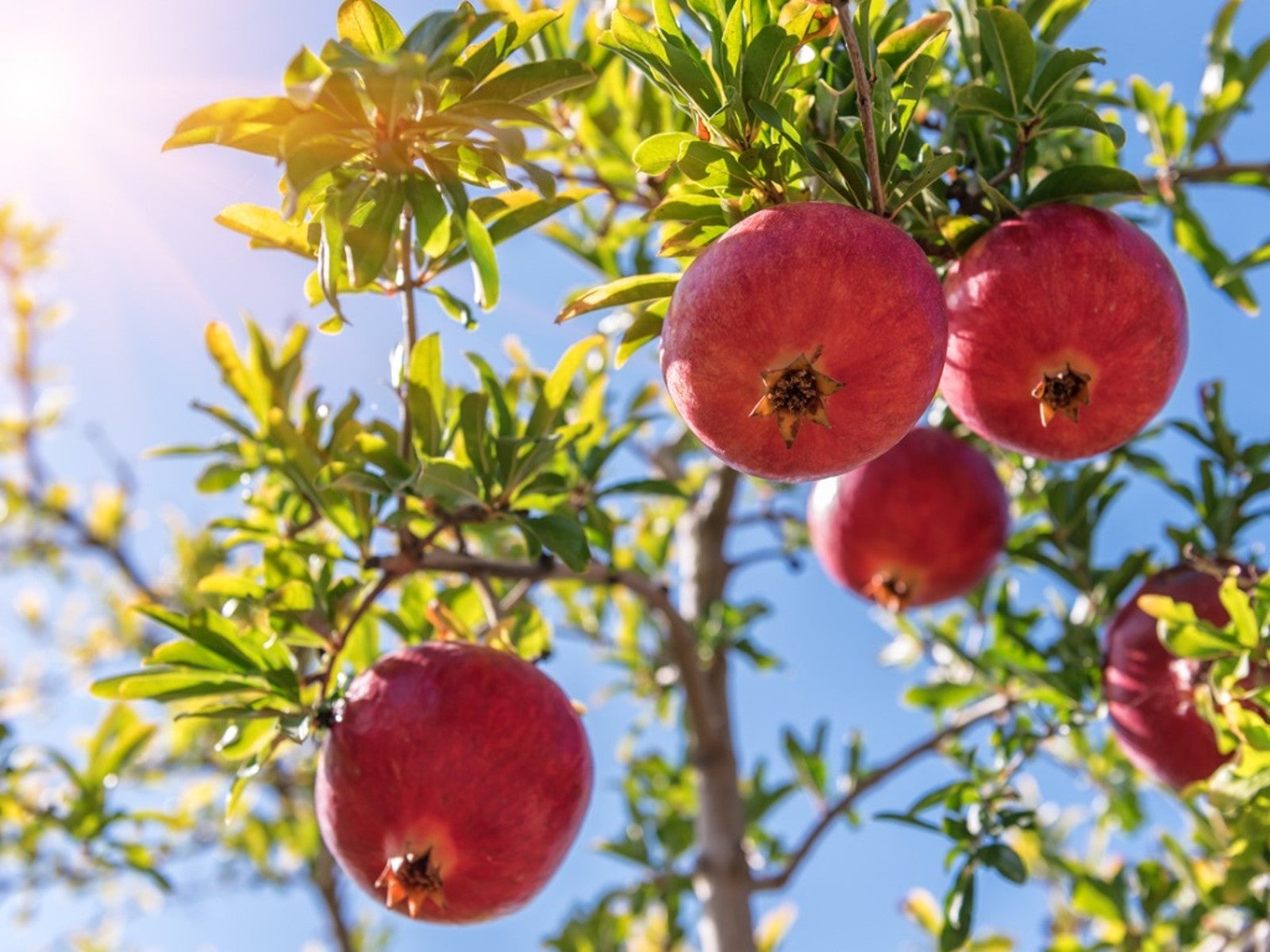 Replanting Container Grown Pomegranate – Tips On Transplanting Potted Pomegranates Outside
Replanting Container Grown Pomegranate – Tips On Transplanting Potted Pomegranates OutsideIt’s pretty easy to transplant a potted pomegranate outdoors. Click for more information on moving a potted pomegranate.
By Teo Spengler
-
 Picking Pomegranates – Learn About Harvesting Pomegranate Fruit
Picking Pomegranates – Learn About Harvesting Pomegranate FruitPomegranates have become so popular that many people in USDA zones 7-10 are trying their hand at growing and picking their own pomegranates. So how and when do you harvest pomegranates? Click this article to learn more.
By Amy Grant
-
 Yellowing Leaves On Pomegranate: Why Pomegranate Leaves Turn Yellow
Yellowing Leaves On Pomegranate: Why Pomegranate Leaves Turn YellowGrowing a pomegranate tree can be a rewarding experience filled with delicious fruits and beautiful juice, but growing these fruit trees isn't all paradise. If your plant is looking a little off, with yellowing leaves, click here to learn how to save it.
By Kristi Waterworth
-
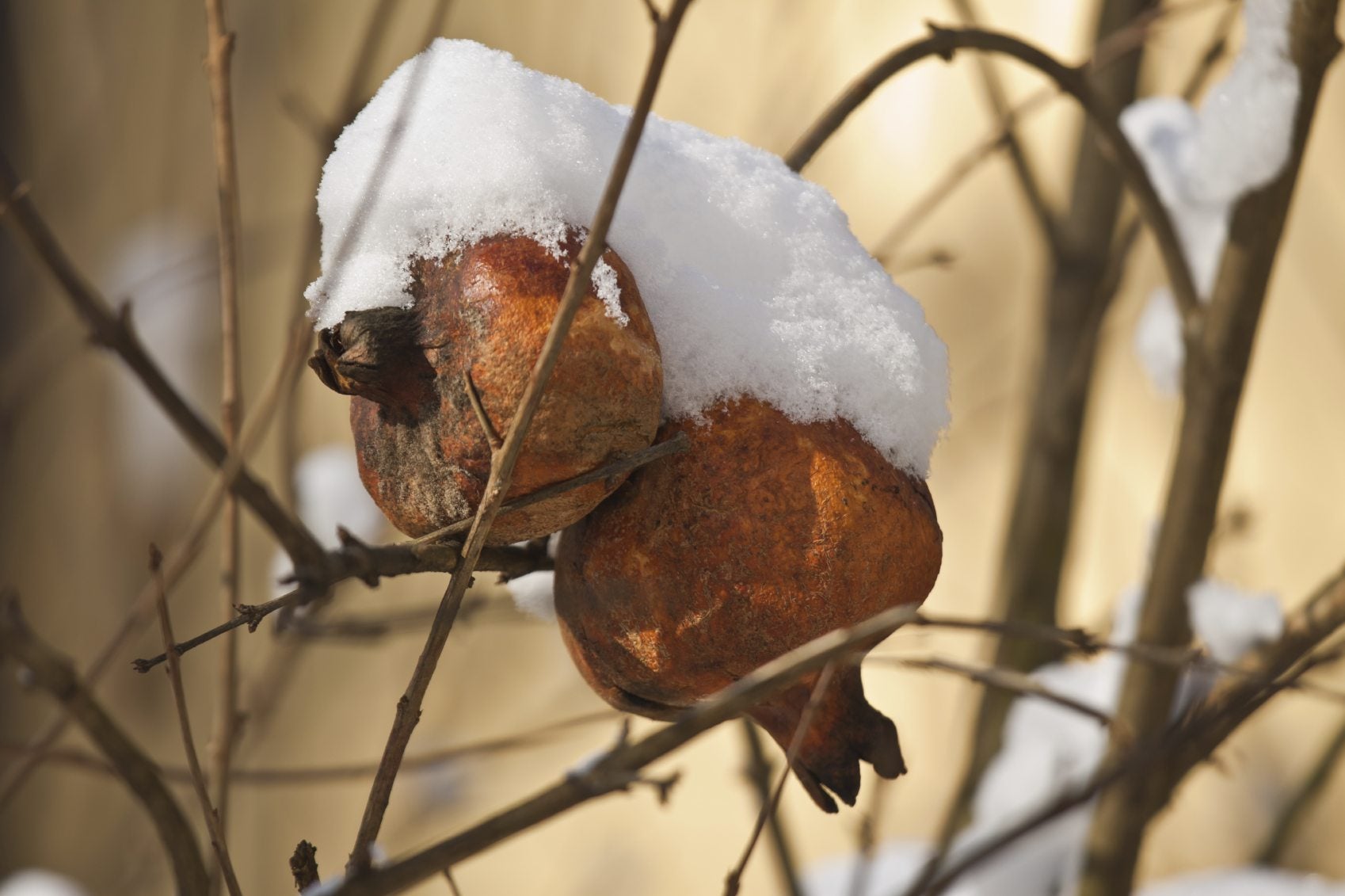 Pomegranate Winter Care: How To Care For Pomegranate Trees In Winter
Pomegranate Winter Care: How To Care For Pomegranate Trees In WinterPomegranates hail from the far eastern Mediterranean so as you may expect they appreciate plenty of sun and should be protected in the winter time. How do you go about overwintering pomegranate trees? Find out in this article.
By Amy Grant
-
 Pomegranate Tree Leaves Falling Off: Why Do Pomegranate Trees Lose Leaves
Pomegranate Tree Leaves Falling Off: Why Do Pomegranate Trees Lose LeavesPomegranates are typically grown for their fleshy, sweet-tart edible fruits. That being said, pomegranate leaf loss can be a frustrating problem for many gardeners. Click on the article that follows to learn why this happens.
By Karen Boness
-
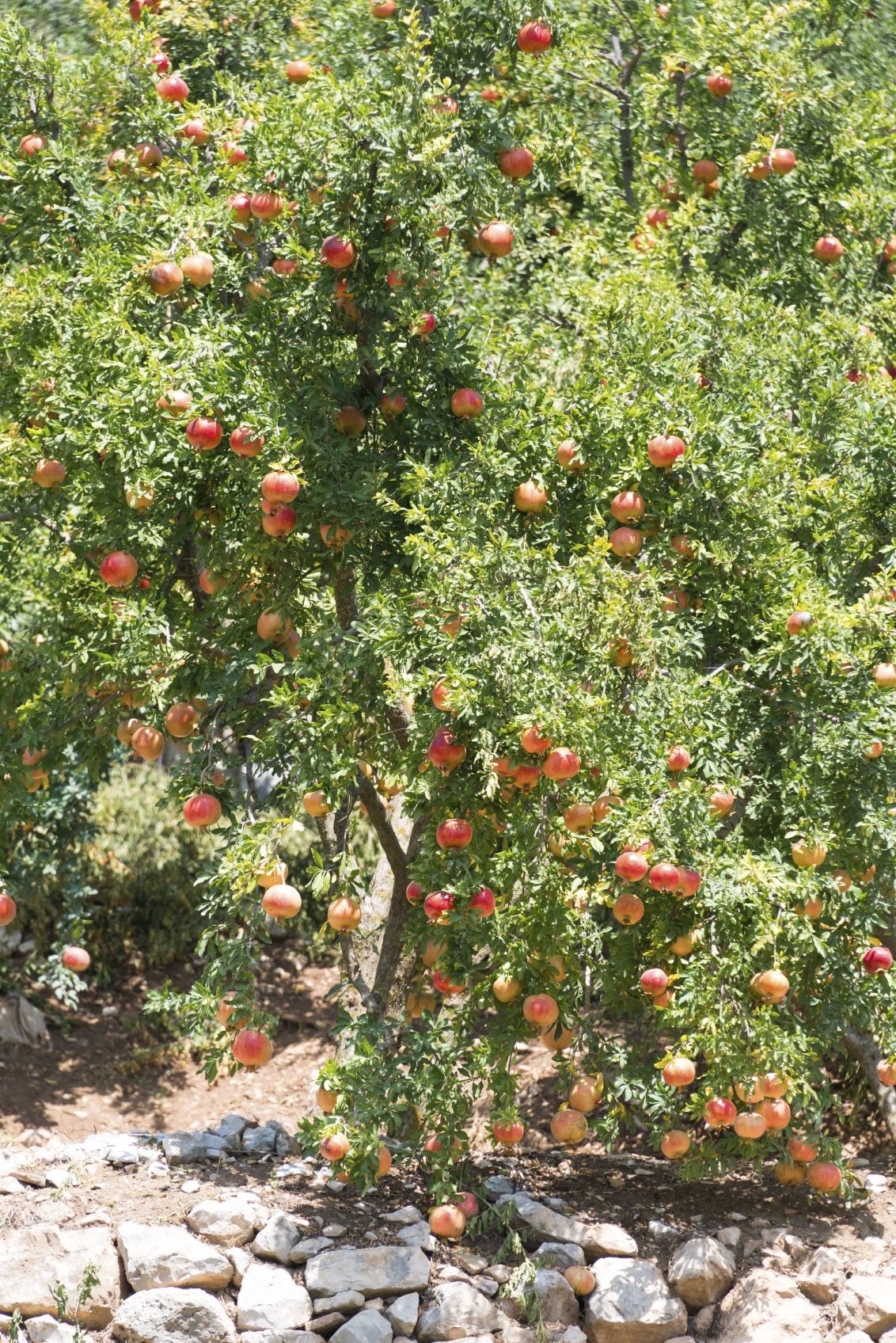 Pomegranate Tree Pruning – Learn About The Cutting Of Pomegranates
Pomegranate Tree Pruning – Learn About The Cutting Of PomegranatesIt is important to prune pomegranate trees properly if you want to increase fruit production and maintain an attractive form. Unfortunately, these two goals are in conflict. Learn more about pruning pomegranates in this article.
By Karen Boness
-
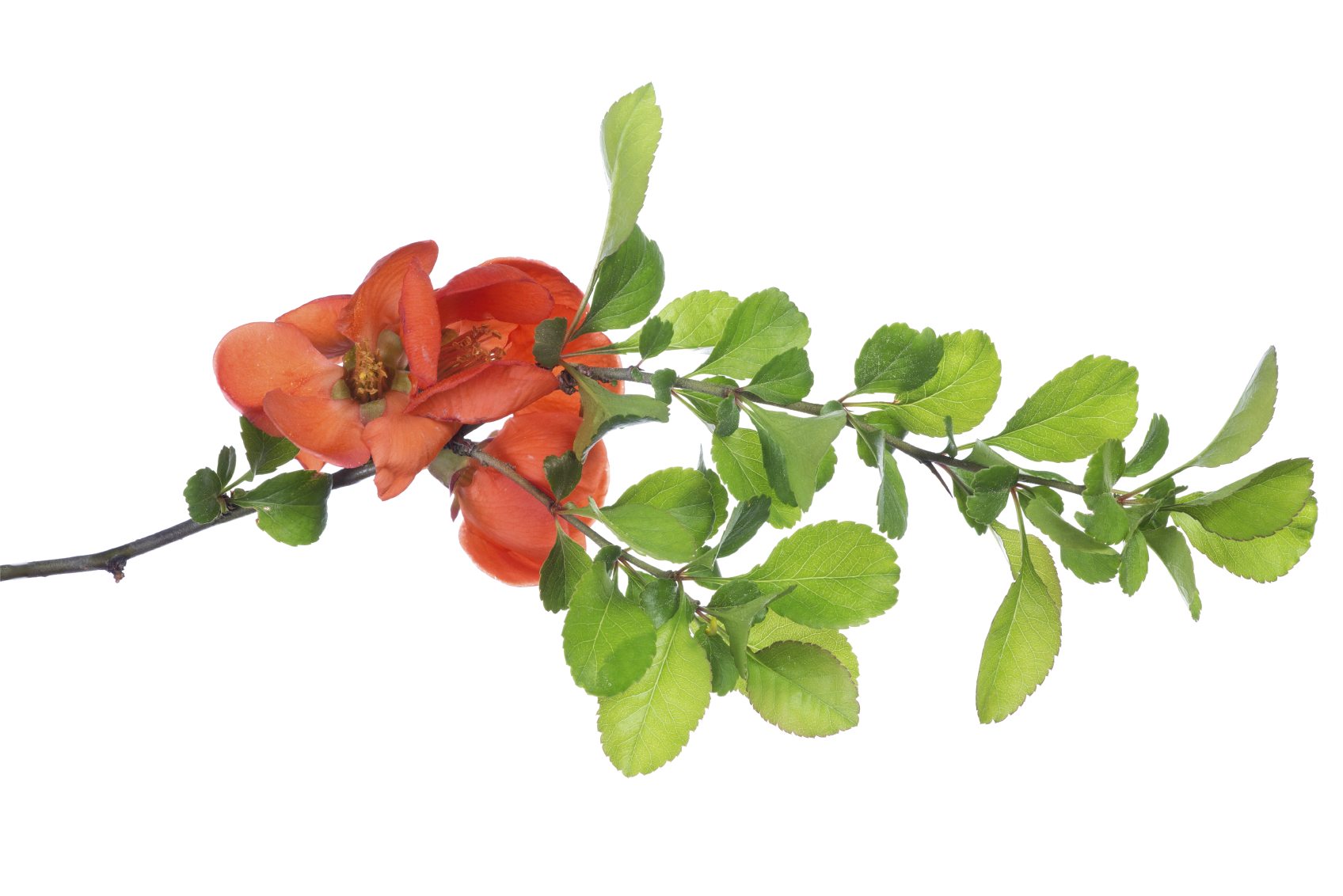 Propagating Pomegranate Trees: How To Root A Pomegranate Tree
Propagating Pomegranate Trees: How To Root A Pomegranate TreeGrowing a pomegranate tree from cuttings is cost-free and relatively easy. Find more information about how to root a pomegranate tree from pomegranate tree cuttings in the article that follows. Click here to learn about pomegranate propagation.
By Teo Spengler
-
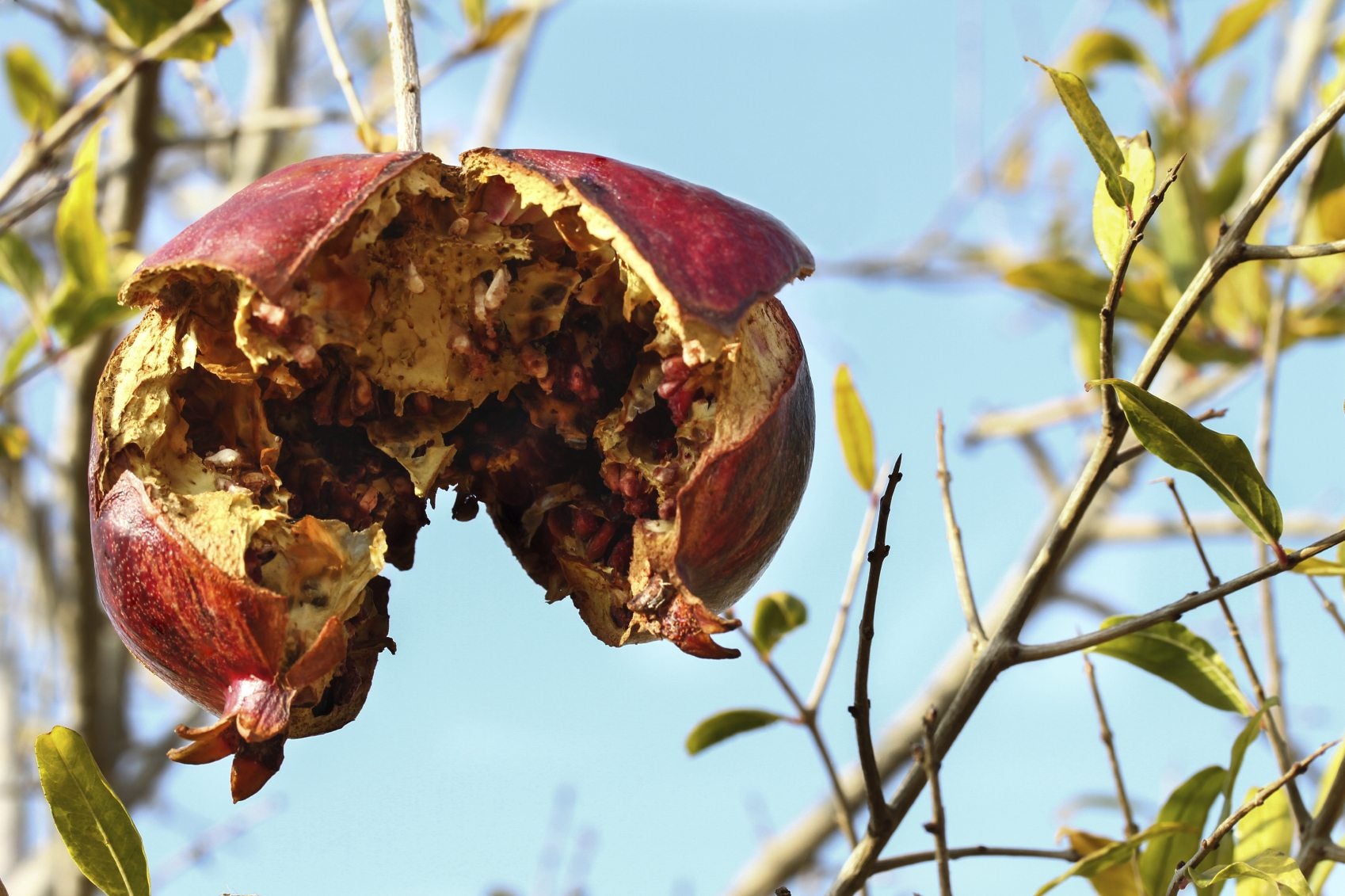 Problems Of Pomegranates: Learn About Diseases In Pomegranate
Problems Of Pomegranates: Learn About Diseases In PomegranatePomegranate fungal diseases are a common issue in plants grown in wet regions. Other diseases in pomegranate are rarer and not permanently damaging to the tree. Learn the problems of pomegranates in this article. Click here for more info.
By Jackie Carroll